Home>Home Appliances>Kitchen Appliances>What Do You Clean A Glass Top Stove With
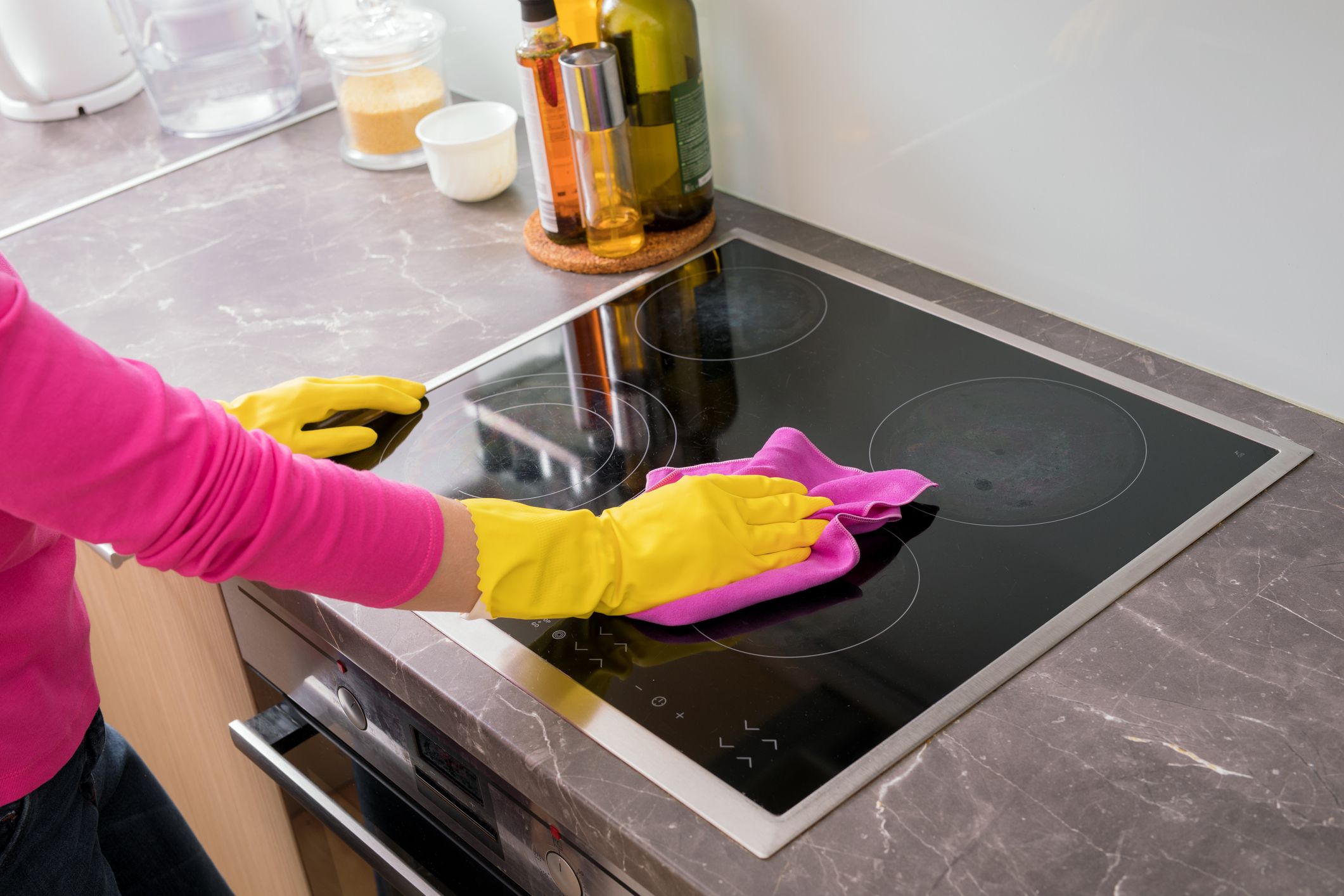

Kitchen Appliances
What Do You Clean A Glass Top Stove With
Modified: March 25, 2024
Discover the best cleaning methods for your kitchen appliances, including how to clean a glass top stove effectively. Keep your kitchen sparkling with our expert tips.
(Many of the links in this article redirect to a specific reviewed product. Your purchase of these products through affiliate links helps to generate commission for Storables.com, at no extra cost. Learn more)
Introduction
Cleaning a glass top stove can be a daunting task, especially if you're unsure of the best methods and products to use. However, with the right approach and a bit of know-how, maintaining a sparkling clean glass top stove can become a simple and rewarding part of your kitchen routine. Whether you're a seasoned home chef or a casual cook, keeping your glass top stove in pristine condition not only enhances the aesthetic appeal of your kitchen but also ensures the longevity of this essential appliance.
A glass top stove, also known as a ceramic cooktop, is a popular choice in modern kitchens due to its sleek appearance and ease of use. Unlike traditional coil or gas stoves, glass top stoves feature a smooth, flat surface that adds a touch of sophistication to any kitchen. However, this stylish design also requires special care and attention when it comes to cleaning. The smooth glass surface is prone to visible stains, spills, and residue, making regular cleaning a necessity to maintain its luster and prevent damage.
In this comprehensive guide, we will delve into the intricacies of cleaning a glass top stove, covering everything from understanding the appliance to common cleaning mistakes to avoid. We will explore the recommended cleaning products and DIY solutions that are safe and effective for glass top stoves. Additionally, we will provide a step-by-step cleaning process and valuable maintenance tips to help you keep your glass top stove looking its best for years to come.
By the end of this guide, you will have the knowledge and confidence to tackle the task of cleaning your glass top stove with ease, ensuring that it remains a shining centerpiece in your kitchen. Let's embark on this journey to discover the best practices for maintaining and cleaning a glass top stove, allowing you to cook and entertain with pride in a kitchen that gleams with cleanliness and elegance.
Key Takeaways:
- Keep your glass top stove sparkling by avoiding abrasive cleaners, addressing spills promptly, and using gentle cleaning products. Regular maintenance and a gentle touch will preserve its sleek appearance and functionality.
- Embrace natural DIY cleaning solutions like baking soda paste and vinegar to keep your glass top stove spotless. Remember to follow a step-by-step cleaning process and incorporate regular maintenance for long-lasting elegance.
Read more: What Do You Clean Glass Top Stoves With
Understanding the Glass Top Stove
A glass top stove, also referred to as a ceramic cooktop, is a modern and stylish alternative to traditional coil or gas stoves. It is characterized by its smooth, flat cooking surface made of tempered glass, which not only adds a contemporary touch to the kitchen but also offers several practical benefits.
The sleek and seamless design of a glass top stove makes it an attractive choice for homeowners seeking a sophisticated and easy-to-clean cooking appliance. Unlike conventional stoves with exposed burners, the glass top stove features heating elements located beneath the glass surface. These elements heat up when the stove is turned on, transferring heat to the glass cooktop, which then heats the cookware placed on it. This design not only provides a sleek and uniform appearance but also facilitates efficient heat distribution for cooking.
One of the key advantages of a glass top stove is its ease of cleaning. The flat surface eliminates the need to clean around and beneath burner grates, making it simpler to wipe away spills and splatters. Additionally, the absence of crevices and recessed areas reduces the likelihood of food particles and grease getting trapped, streamlining the cleaning process.
However, despite its aesthetic appeal and user-friendly design, a glass top stove requires careful maintenance to preserve its pristine condition. The smooth glass surface is susceptible to scratches, abrasions, and stains, necessitating gentle handling and the use of appropriate cleaning methods and products.
Understanding the construction and unique features of a glass top stove is essential for effectively maintaining and cleaning this appliance. By familiarizing yourself with its characteristics and requirements, you can ensure that your glass top stove remains a functional and visually appealing centerpiece in your kitchen.
In the following sections, we will explore the best practices for cleaning and maintaining a glass top stove, equipping you with the knowledge and techniques to keep this essential kitchen appliance in optimal condition.
Common Cleaning Mistakes to Avoid
Cleaning a glass top stove requires a delicate touch and the use of appropriate techniques to prevent damage and maintain its pristine appearance. Unfortunately, many individuals inadvertently make common cleaning mistakes that can compromise the integrity of the glass surface and diminish its visual appeal. By being aware of these pitfalls and avoiding them, you can effectively preserve the beauty and functionality of your glass top stove. Here are some common cleaning mistakes to steer clear of:
-
Using Abrasive Cleaners: One of the most prevalent mistakes when cleaning a glass top stove is using abrasive cleaners or scouring pads. These harsh materials can scratch and dull the glass surface, leading to permanent damage. It's crucial to opt for non-abrasive cleaning solutions and soft, non-scratch cleaning pads specifically designed for glass top stoves.
-
Allowing Spills to Cool and Harden: Allowing spills, especially sugary or acidic substances, to cool and harden on the glass top surface can make them more challenging to remove. Promptly addressing spills and splatters after cooking can prevent them from adhering to the glass, simplifying the cleaning process and minimizing the risk of stains.
-
Neglecting Regular Cleaning: Neglecting regular cleaning can result in the accumulation of stubborn residue and grime on the glass top stove. It's essential to incorporate regular cleaning into your kitchen maintenance routine to prevent buildup and maintain the stove's pristine appearance. Consistent cleaning also reduces the effort required for each cleaning session.
-
Using Excessive Force: Applying excessive pressure or force when scrubbing the glass top stove can lead to scratches and abrasions. Instead, opt for gentle yet thorough cleaning motions to remove stains and spills without damaging the glass surface.
-
Using Incorrect Cleaning Products: Using harsh or unsuitable cleaning products, such as ammonia-based cleaners or bleach, can cause discoloration and damage to the glass top stove. It's important to use cleaning products specifically formulated for glass top stoves to ensure effective cleaning without compromising the integrity of the surface.
By avoiding these common cleaning mistakes, you can safeguard the longevity and visual appeal of your glass top stove, ensuring that it remains a shining centerpiece in your kitchen for years to come.
Recommended Cleaning Products
When it comes to maintaining the pristine appearance of a glass top stove, choosing the right cleaning products is paramount. Using cleaning solutions specifically formulated for glass top stoves ensures effective removal of stains, spills, and residue without causing damage to the delicate surface. Here are some recommended cleaning products that are safe and effective for cleaning glass top stoves:
-
Glass-Top Stove Cleaner: Dedicated glass-top stove cleaners are designed to gently yet effectively remove tough stains, grease, and residue from the smooth surface. These cleaners are formulated to be non-abrasive, preventing scratches and maintaining the luster of the glass. Look for a reputable glass-top stove cleaner that is recommended by the stove manufacturer for optimal results.
-
Non-Abrasive Cleaning Pads: Soft, non-abrasive cleaning pads or sponges are essential for safely scrubbing the glass top stove without causing damage. These pads are specifically designed to lift and remove stubborn residue without scratching the glass surface. When paired with a suitable glass-top stove cleaner, non-abrasive cleaning pads can effectively restore the stove's pristine appearance.
-
White Vinegar: White vinegar is a versatile and natural cleaning agent that can be used to tackle stains and mineral deposits on a glass top stove. When diluted with water, white vinegar serves as an effective solution for dissolving grease and grime, leaving the surface sparkling clean. Its mild acidity makes it a gentle yet powerful option for maintaining the glass top stove.
-
Microfiber Cloth: A high-quality microfiber cloth is an indispensable tool for buffing and polishing the glass top stove after cleaning. Microfiber cloths are highly effective at trapping and lifting dirt and residue, leaving the surface streak-free and gleaming. When used in conjunction with a glass-top stove cleaner, a microfiber cloth helps achieve a professional-level finish.
-
Commercial Ceramic Cooktop Cleaning Kit: Many manufacturers offer specialized ceramic cooktop cleaning kits that include a combination of cleaning solutions, scrapers, and cleaning pads tailored for glass top stoves. These kits provide a comprehensive approach to maintaining the stove's cleanliness and can be a convenient option for homeowners seeking all-in-one solutions.
By selecting the right cleaning products and tools, you can ensure that your glass top stove remains in optimal condition, free from stains and blemishes. These recommended products are specifically chosen to provide a safe and effective cleaning experience, allowing you to preserve the elegance and functionality of your glass top stove with confidence.
DIY Cleaning Solutions
For those who prefer natural and budget-friendly cleaning solutions, several do-it-yourself (DIY) options can effectively clean and maintain a glass top stove. These DIY cleaning solutions harness the power of common household ingredients to tackle tough stains and residue without compromising the integrity of the glass surface. By utilizing these simple yet potent concoctions, you can achieve a sparkling clean stove while minimizing exposure to harsh chemicals. Here are some DIY cleaning solutions tailored for glass top stoves:
Read more: How Do You Clean A Glass Top Stove
Baking Soda Paste
A baking soda paste is a gentle yet effective solution for removing stubborn stains and grease from a glass top stove. To create this DIY cleaner, mix baking soda with a small amount of water to form a thick paste. Apply the paste to the stained areas of the stove and let it sit for a few minutes to loosen the residue. Then, gently scrub the surface with a non-abrasive cleaning pad or sponge to lift the stains. The mild abrasiveness of baking soda helps dislodge grime without scratching the glass, making it an ideal DIY cleaning solution.
Vinegar and Water Solution
A mixture of white vinegar and water serves as a versatile and natural cleaning solution for glass top stoves. Dilute white vinegar with an equal amount of water in a spray bottle and use it to spritz the stained areas of the stove. Allow the solution to sit for a few minutes to break down grease and grime. Then, wipe the surface with a soft, non-abrasive cloth or sponge to remove the residue. The mild acidity of vinegar effectively cuts through grease and leaves the glass top stove sparkling clean.
Lemon Juice and Baking Soda
Combining lemon juice and baking soda creates a potent DIY cleaning solution that can tackle tough stains and impart a fresh citrus scent to the stove. Squeeze fresh lemon juice onto the stained areas of the glass top stove and sprinkle a layer of baking soda over the juice. The fizzing reaction helps loosen stubborn residue, making it easier to scrub away. Use a non-abrasive cleaning pad to gently work the mixture into the stains, then wipe the surface clean with a damp cloth. This natural solution effectively removes grime while leaving behind a pleasant fragrance.
Hydrogen Peroxide and Baking Soda
Hydrogen peroxide, when combined with baking soda, forms a powerful cleaning paste that can effectively lift stains and discoloration from a glass top stove. Mix hydrogen peroxide with baking soda to create a thick paste, then apply it to the stained areas of the stove. Allow the paste to sit for a few minutes to penetrate the residue, then gently scrub the surface with a non-abrasive pad. This DIY solution is particularly effective for tackling tough, baked-on stains, restoring the glass top stove to its original luster.
By utilizing these DIY cleaning solutions, you can maintain a spotless and gleaming glass top stove using natural and readily available ingredients. These gentle yet potent concoctions offer an eco-friendly and cost-effective approach to cleaning, ensuring that your glass top stove remains a shining centerpiece in your kitchen.
Read more: What Are Glass Top Stove Burners Made Of
Step-by-Step Cleaning Process
Cleaning a glass top stove requires a systematic approach to ensure thorough removal of stains and residue while safeguarding the delicate surface from damage. By following a step-by-step cleaning process, you can effectively restore the luster of your glass top stove and maintain its pristine appearance. Here's a detailed guide to the step-by-step cleaning process:
-
Prepare the Surface: Before initiating the cleaning process, ensure that the glass top stove has cooled down completely to prevent any risk of burns. Clear the stove of any cookware, debris, or loose particles that may impede the cleaning process.
-
Gentle Surface Wiping: Using a dry microfiber cloth, gently wipe the surface of the glass top stove to remove any loose debris or crumbs. This initial wiping helps prepare the surface for the subsequent cleaning steps.
-
Apply Cleaning Solution: Select a suitable glass-top stove cleaner or DIY cleaning solution from the recommended products and DIY options mentioned earlier. Apply the chosen cleaning solution to the stained or soiled areas of the stove, ensuring even coverage.
-
Allow Dwell Time: Let the cleaning solution sit on the stained areas for a few minutes to effectively loosen the residue and grease. This dwell time facilitates the breakdown of stubborn stains, making them easier to remove during the scrubbing process.
-
Gentle Scrubbing: Using a non-abrasive cleaning pad or sponge, gently scrub the stained areas of the glass top stove in circular motions. Avoid using excessive force to prevent scratches or damage to the surface. Focus on lifting the residue and stains without compromising the integrity of the glass.
-
Rinse and Wipe: After thorough scrubbing, dampen a clean microfiber cloth with water and carefully wipe the entire surface of the glass top stove. Ensure that all traces of the cleaning solution and residue are removed, leaving the surface clean and streak-free.
-
Buff and Polish: Once the surface is clean and free of residue, use a dry microfiber cloth to buff and polish the glass top stove. This final step enhances the luster of the surface, leaving it gleaming and visually appealing.
By following this step-by-step cleaning process, you can effectively maintain the cleanliness and pristine appearance of your glass top stove. Consistent adherence to these cleaning steps ensures that your glass top stove remains a shining centerpiece in your kitchen, ready to elevate your culinary endeavors with its sparkling allure.
Use a mixture of equal parts water and white vinegar to clean a glass top stove. Apply the solution and wipe with a soft cloth to remove any residue. Avoid using abrasive cleaners or scrubbing pads to prevent scratching the surface.
Maintenance Tips
Maintaining the impeccable condition of a glass top stove involves more than just periodic cleaning; it requires consistent care and preventive measures to uphold its pristine appearance and functionality. By incorporating the following maintenance tips into your kitchen routine, you can prolong the lifespan of your glass top stove and ensure that it continues to exude elegance and efficiency.
-
Regular Cleaning Routine: Establishing a regular cleaning schedule for your glass top stove is essential for preventing the buildup of stubborn residue and stains. By incorporating a quick wipe-down after each use and a more thorough cleaning session at regular intervals, you can minimize the accumulation of grime and maintain the stove's lustrous surface.
-
Immediate Spill Cleanup: Promptly addressing spills and splatters on the glass top stove can prevent them from hardening and becoming more challenging to remove. By wiping away spills as soon as they occur, you can prevent the formation of stubborn stains and preserve the pristine appearance of the stove.
-
Avoiding Abrasive Utensils: When cooking on a glass top stove, it's important to use cookware and utensils that are compatible with the smooth surface. Avoid dragging or sliding abrasive pots, pans, or utensils across the glass, as this can cause scratches and abrasions. Opt for cookware with flat bottoms and non-abrasive utensils to protect the integrity of the stove.
-
Regular Inspection for Damage: Periodically inspect the glass top stove for any signs of damage, such as scratches, chips, or cracks. Addressing minor issues promptly can prevent them from escalating and compromising the functionality and aesthetics of the stove. If you notice any damage, consult the manufacturer or a professional for appropriate repairs.
-
Use of Protective Coverings: Consider using protective coverings, such as silicone mats or trivets, to shield the glass top stove from potential scratches and heat damage. Placing these protective accessories under cookware and hot utensils can safeguard the glass surface from direct contact and minimize the risk of damage.
-
Avoiding Harsh Cleaning Agents: When selecting cleaning products for your glass top stove, opt for gentle, non-abrasive solutions specifically formulated for this type of appliance. Avoid using harsh chemicals, abrasive cleaners, or rough cleaning pads that can compromise the integrity of the glass surface.
-
Regular Component Maintenance: If your glass top stove includes additional components, such as knobs or control panels, ensure that these elements are also cleaned and maintained regularly. Follow the manufacturer's guidelines for cleaning these components to ensure their longevity and proper functionality.
By integrating these maintenance tips into your kitchen care routine, you can preserve the pristine condition of your glass top stove and enjoy its sleek and sophisticated presence for years to come. Consistent attention to maintenance not only enhances the visual appeal of the stove but also contributes to its longevity and reliable performance, making it a valuable asset in your culinary endeavors.
Conclusion
In conclusion, maintaining a glass top stove in impeccable condition is not only achievable but also essential for preserving its visual appeal and functionality. By understanding the unique characteristics of a glass top stove and adopting the recommended cleaning practices, individuals can ensure that this modern kitchen appliance remains a shining centerpiece in their culinary space.
The comprehensive guide has shed light on the intricacies of cleaning and maintaining a glass top stove, offering valuable insights into the common cleaning mistakes to avoid, recommended cleaning products, DIY cleaning solutions, and a step-by-step cleaning process. Additionally, the maintenance tips provided serve as a proactive approach to safeguarding the glass top stove from damage and preserving its pristine appearance.
By embracing a regular cleaning routine, promptly addressing spills, and utilizing gentle cleaning solutions, individuals can uphold the luster of their glass top stove while minimizing the risk of scratches and stains. The incorporation of natural DIY cleaning solutions not only promotes eco-friendly practices but also offers cost-effective alternatives for maintaining a spotless stove.
Furthermore, the emphasis on preventive maintenance, such as avoiding abrasive utensils, using protective coverings, and regular component upkeep, underscores the significance of proactive care in prolonging the lifespan of the glass top stove.
In essence, the journey to maintaining a glass top stove in optimal condition is a blend of knowledge, care, and the right tools. By implementing the insights and techniques outlined in this guide, individuals can embark on a rewarding path towards preserving the elegance and functionality of their glass top stove, ensuring that it continues to elevate their culinary experiences for years to come.
Frequently Asked Questions about What Do You Clean A Glass Top Stove With
Was this page helpful?
At Storables.com, we guarantee accurate and reliable information. Our content, validated by Expert Board Contributors, is crafted following stringent Editorial Policies. We're committed to providing you with well-researched, expert-backed insights for all your informational needs.
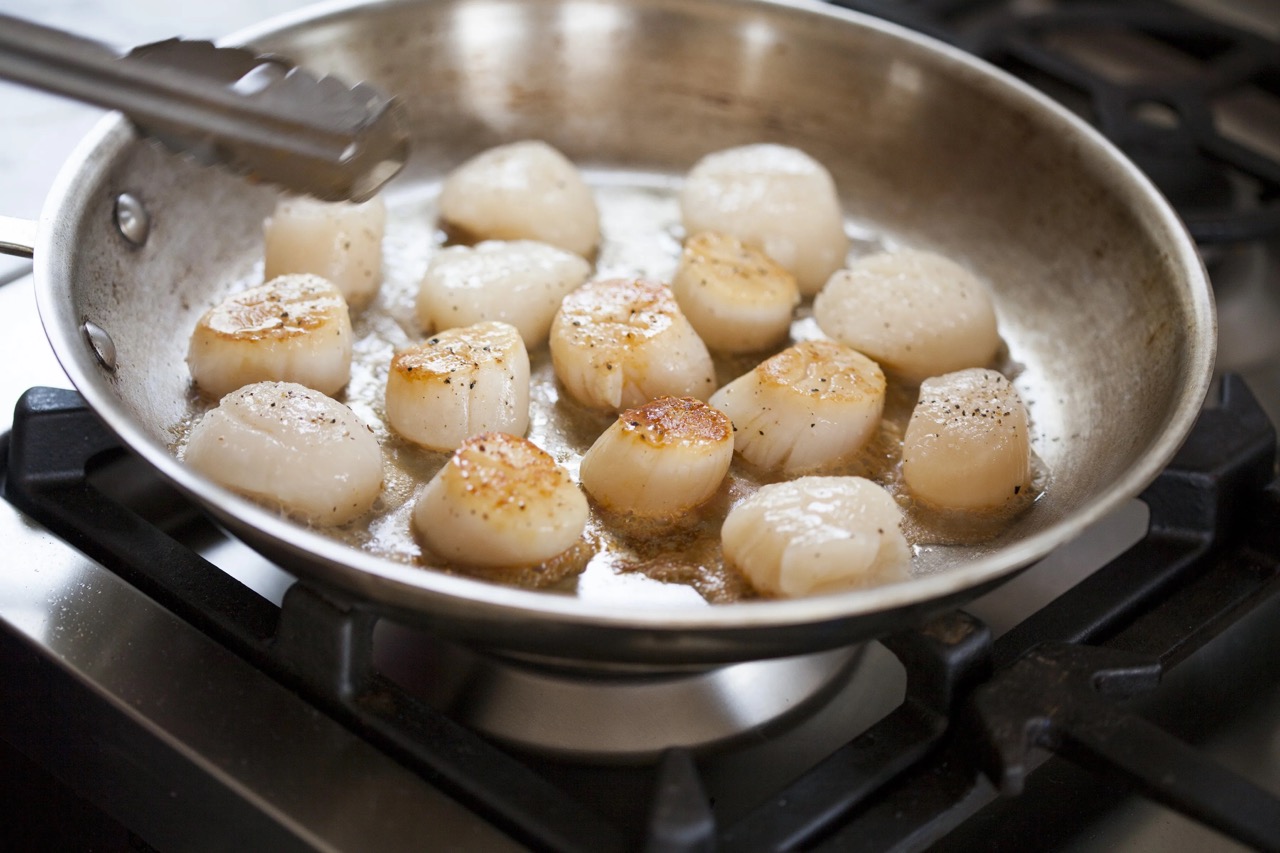
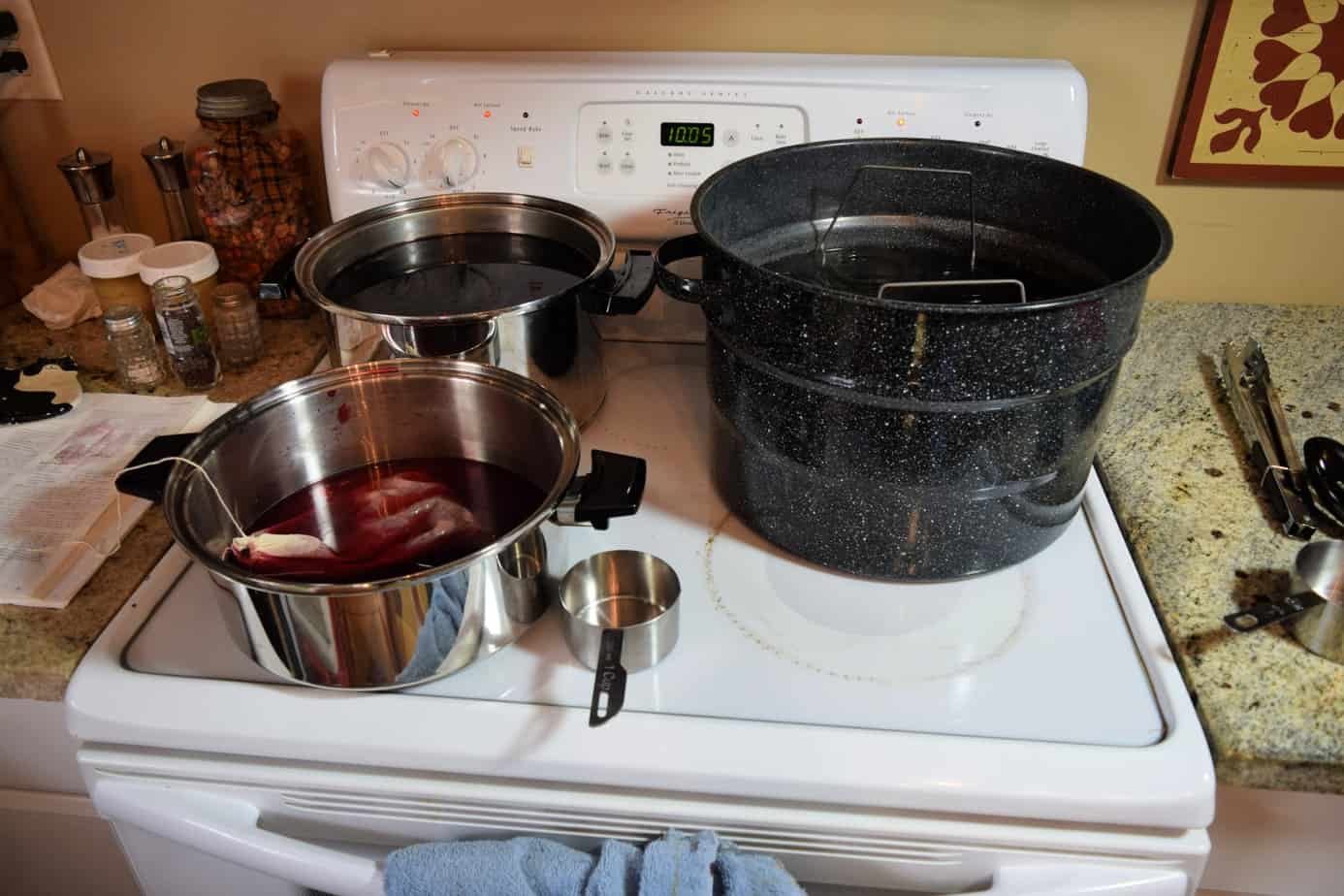
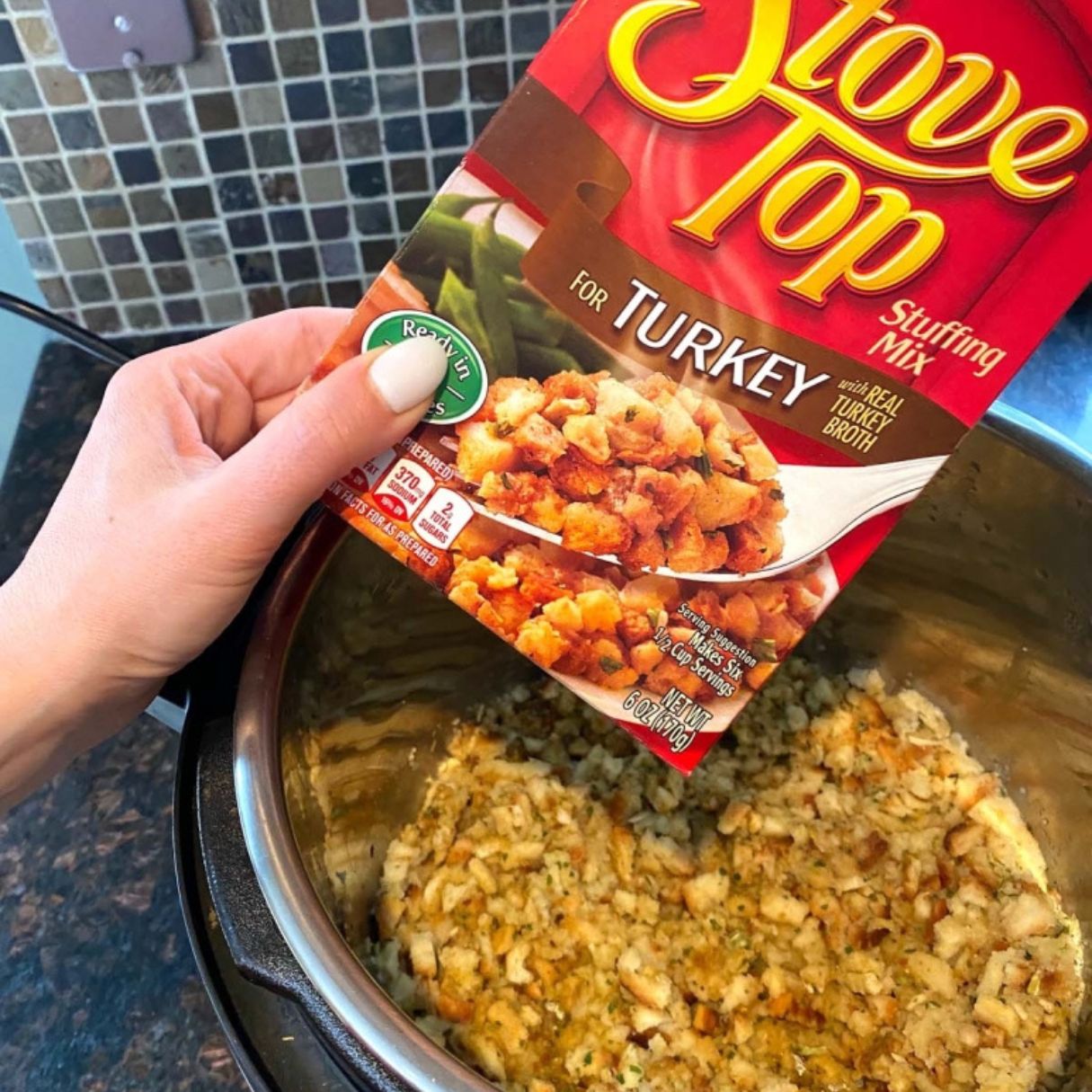
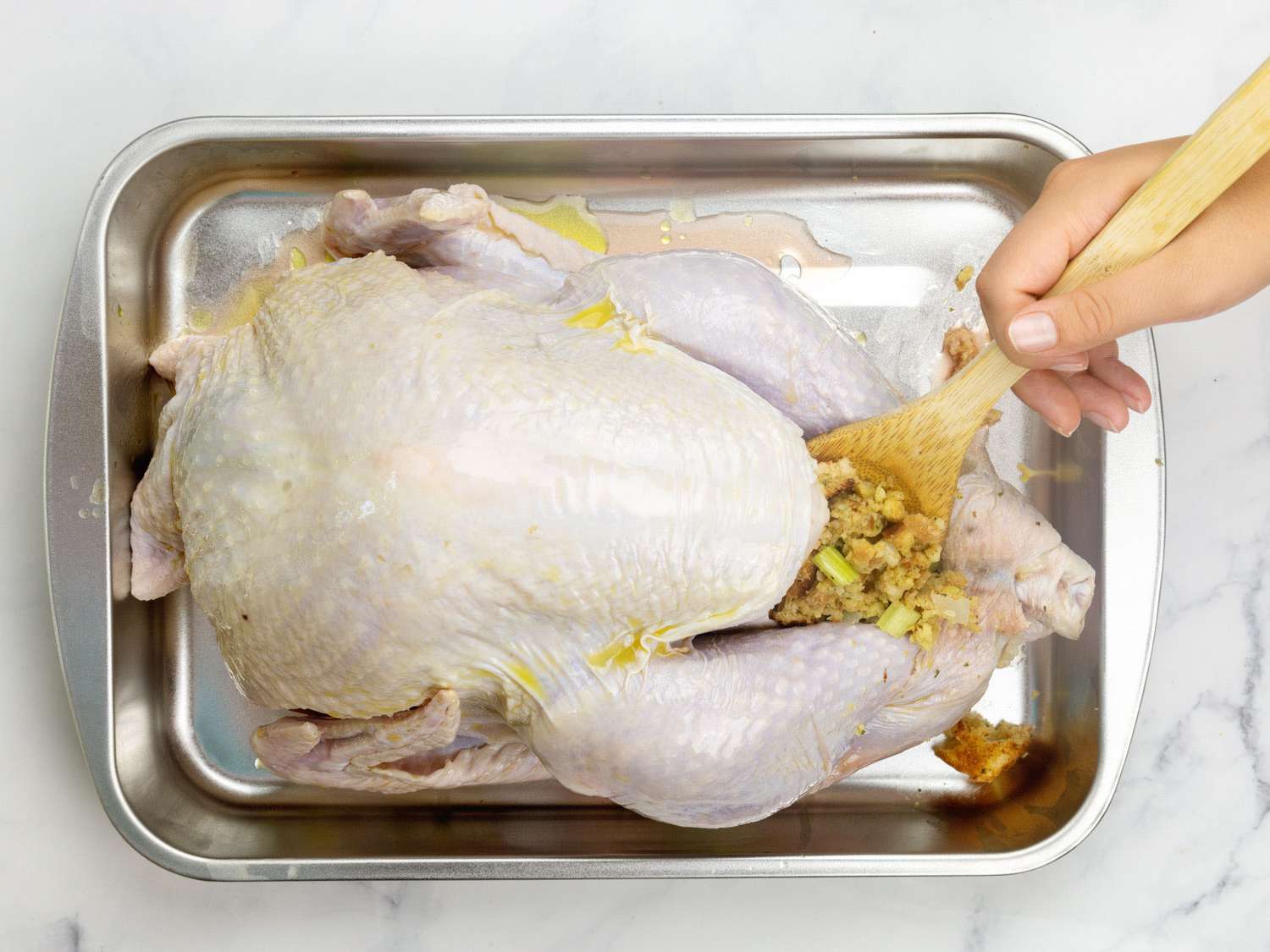
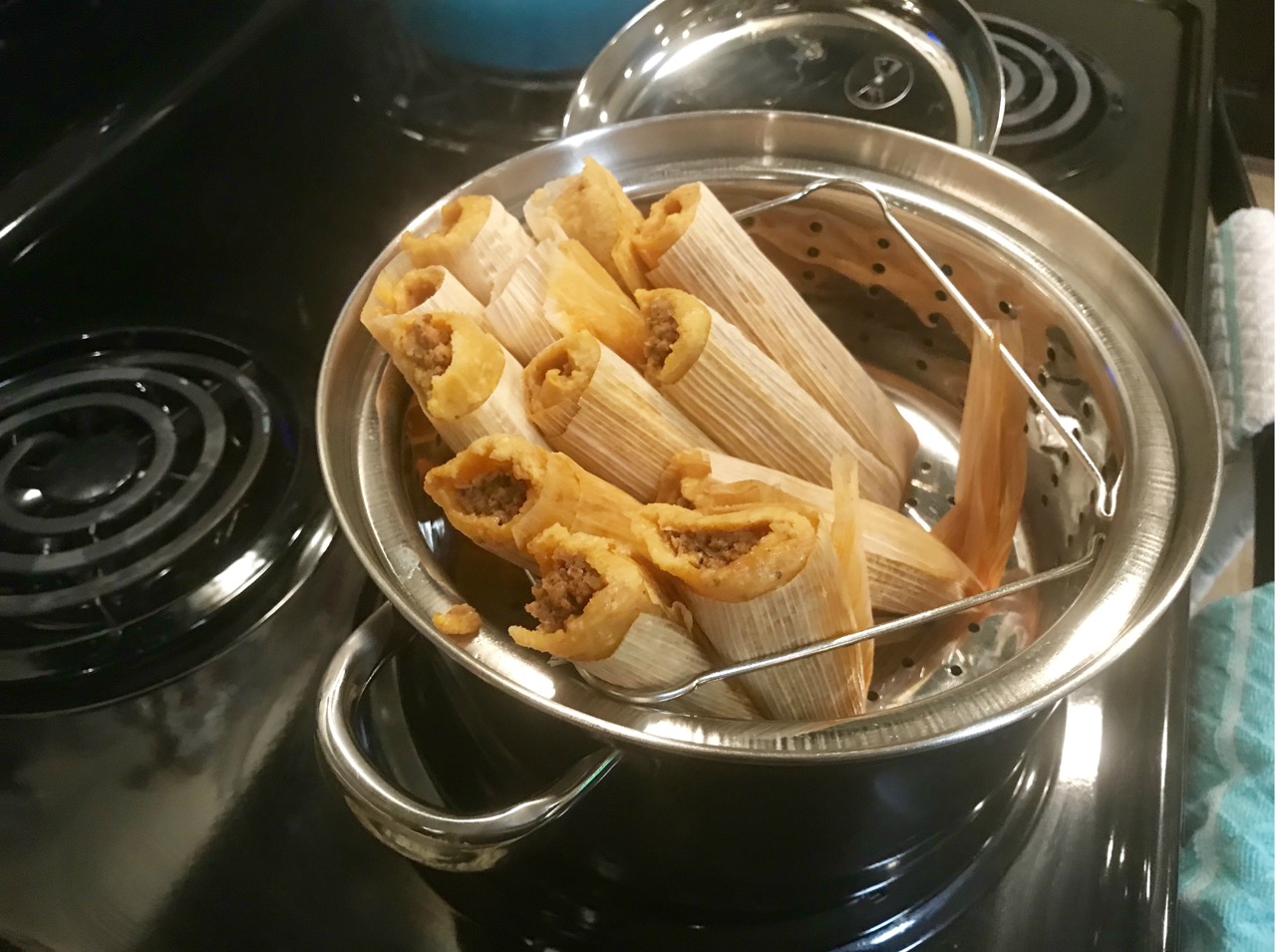
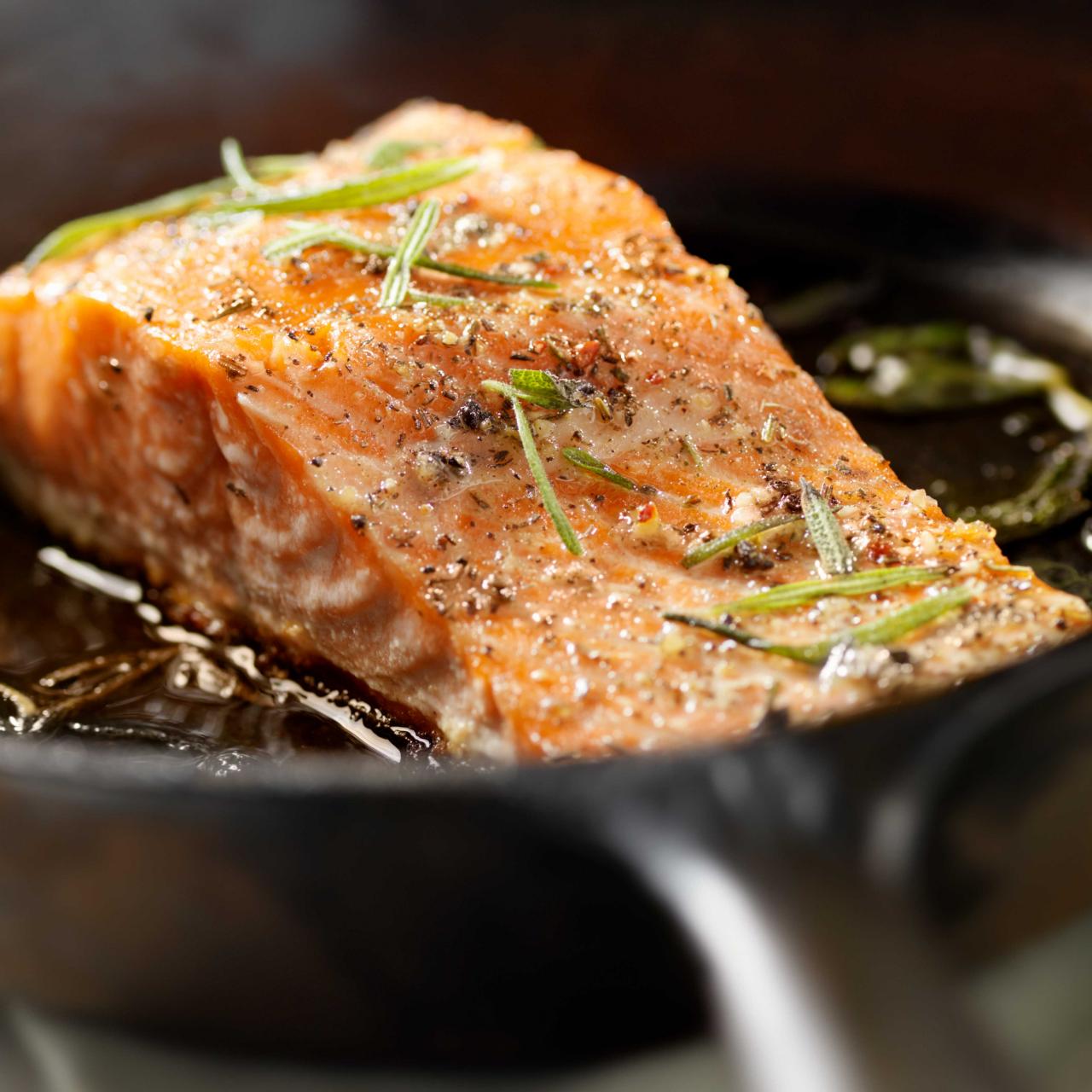
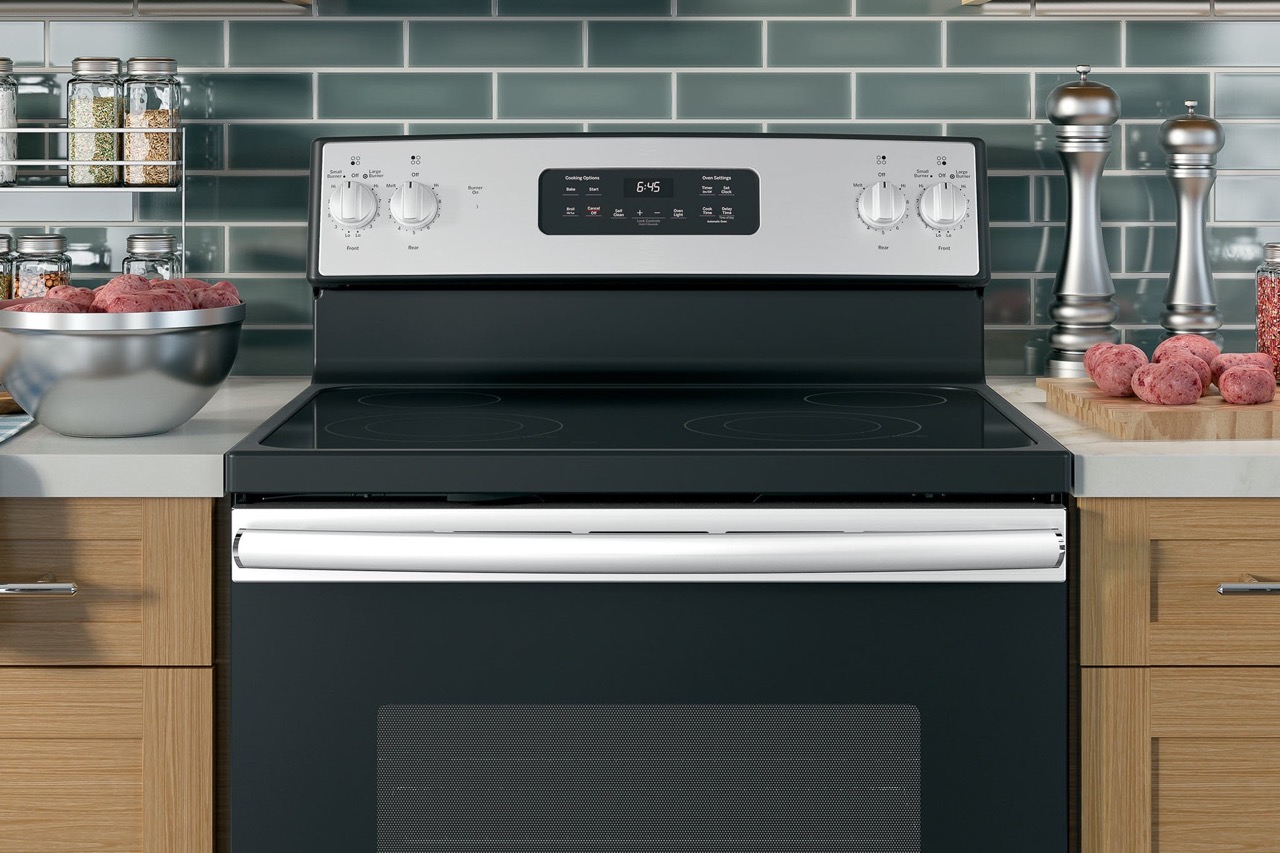
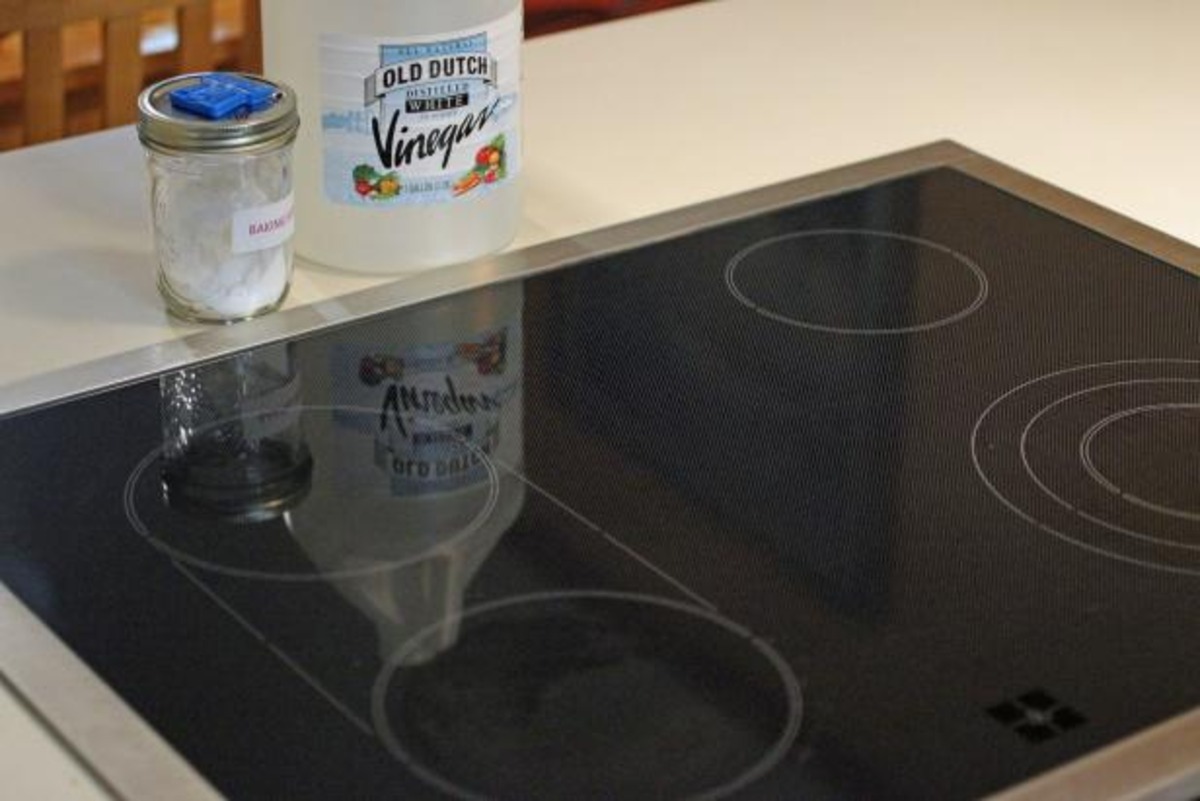
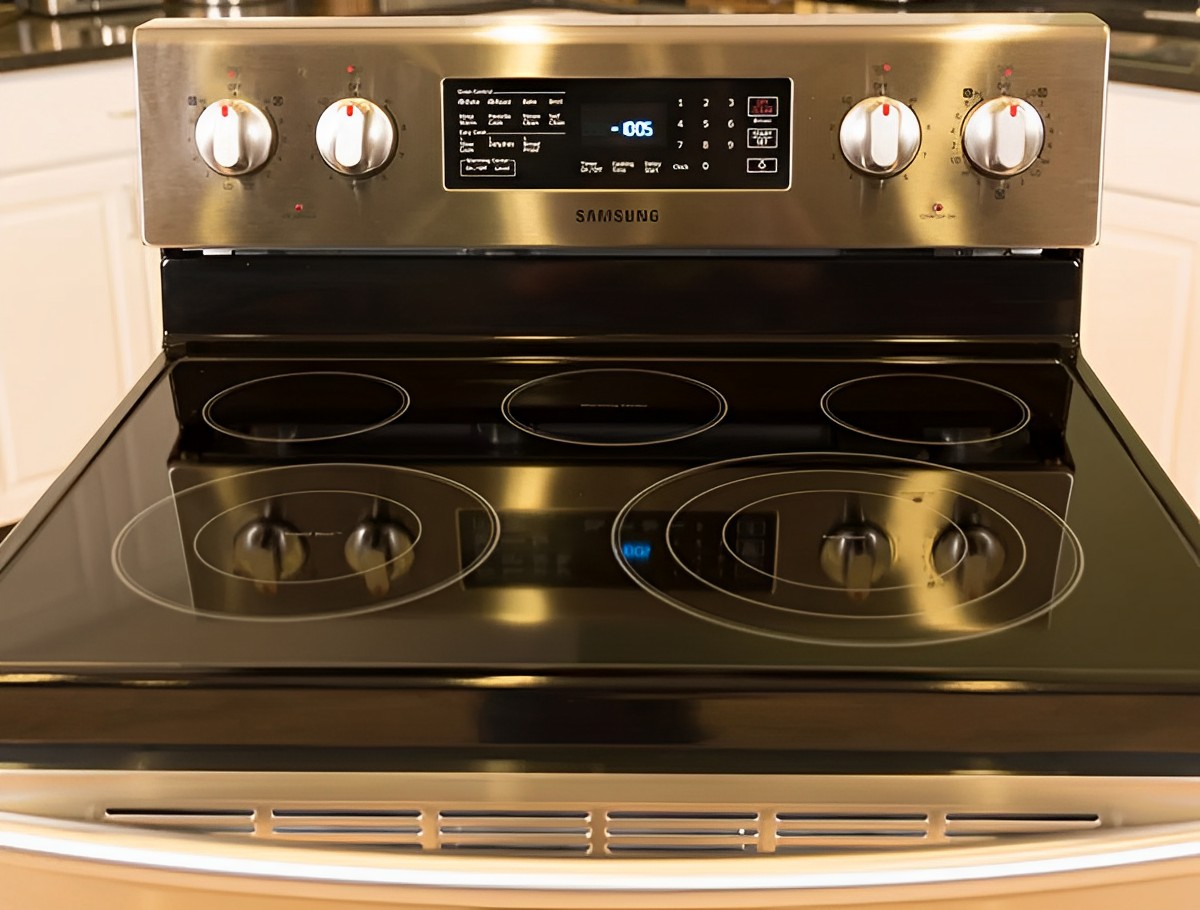
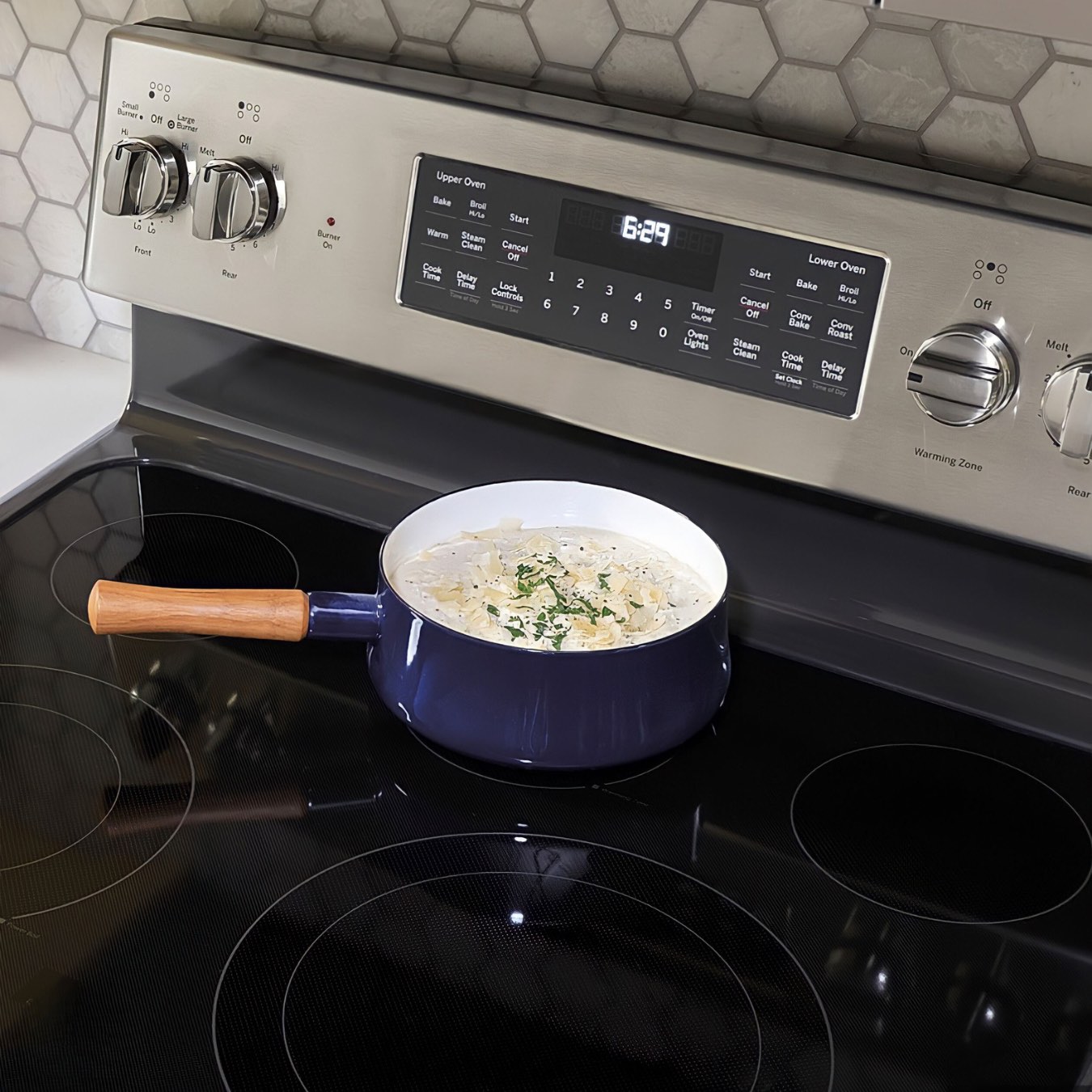
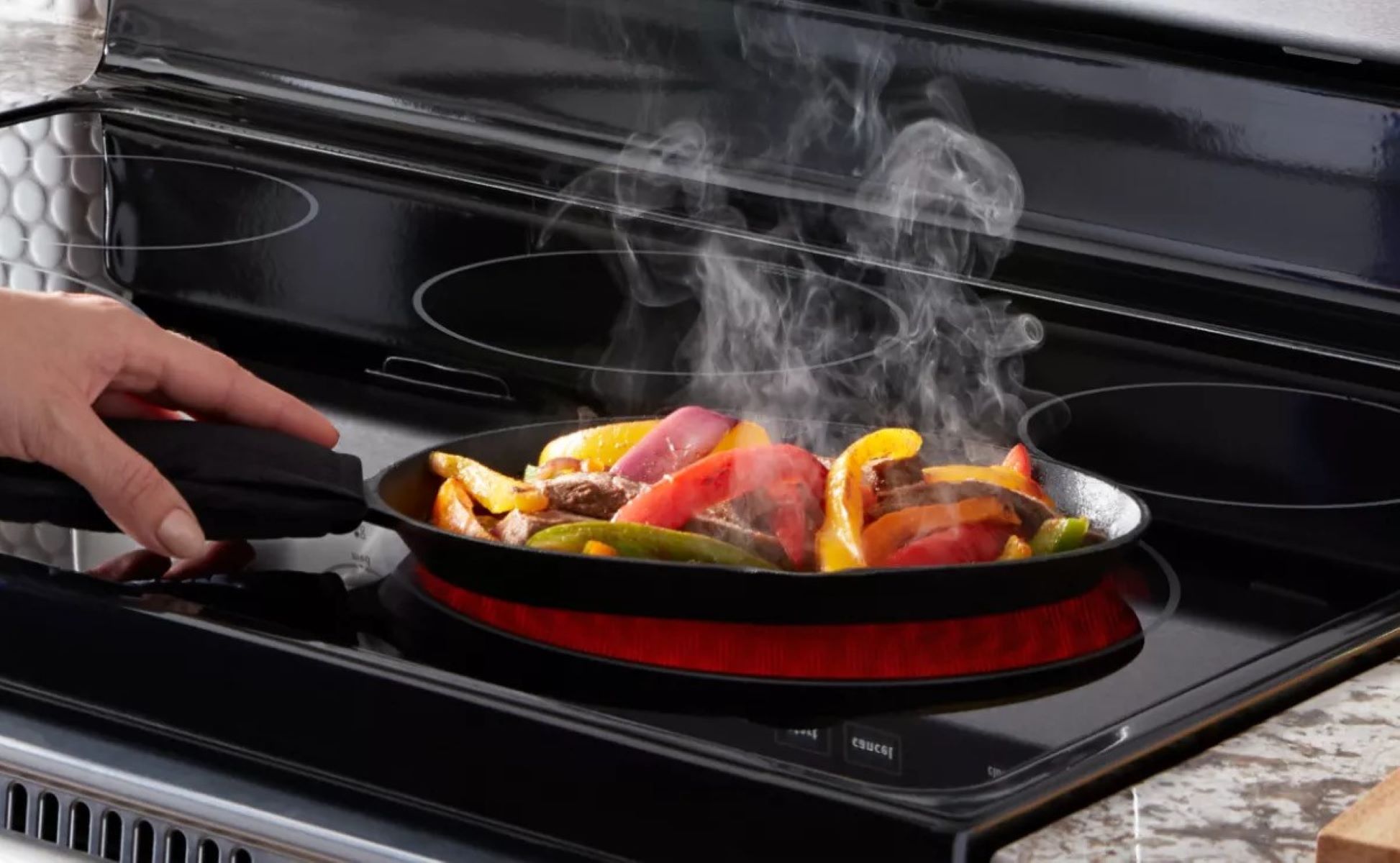
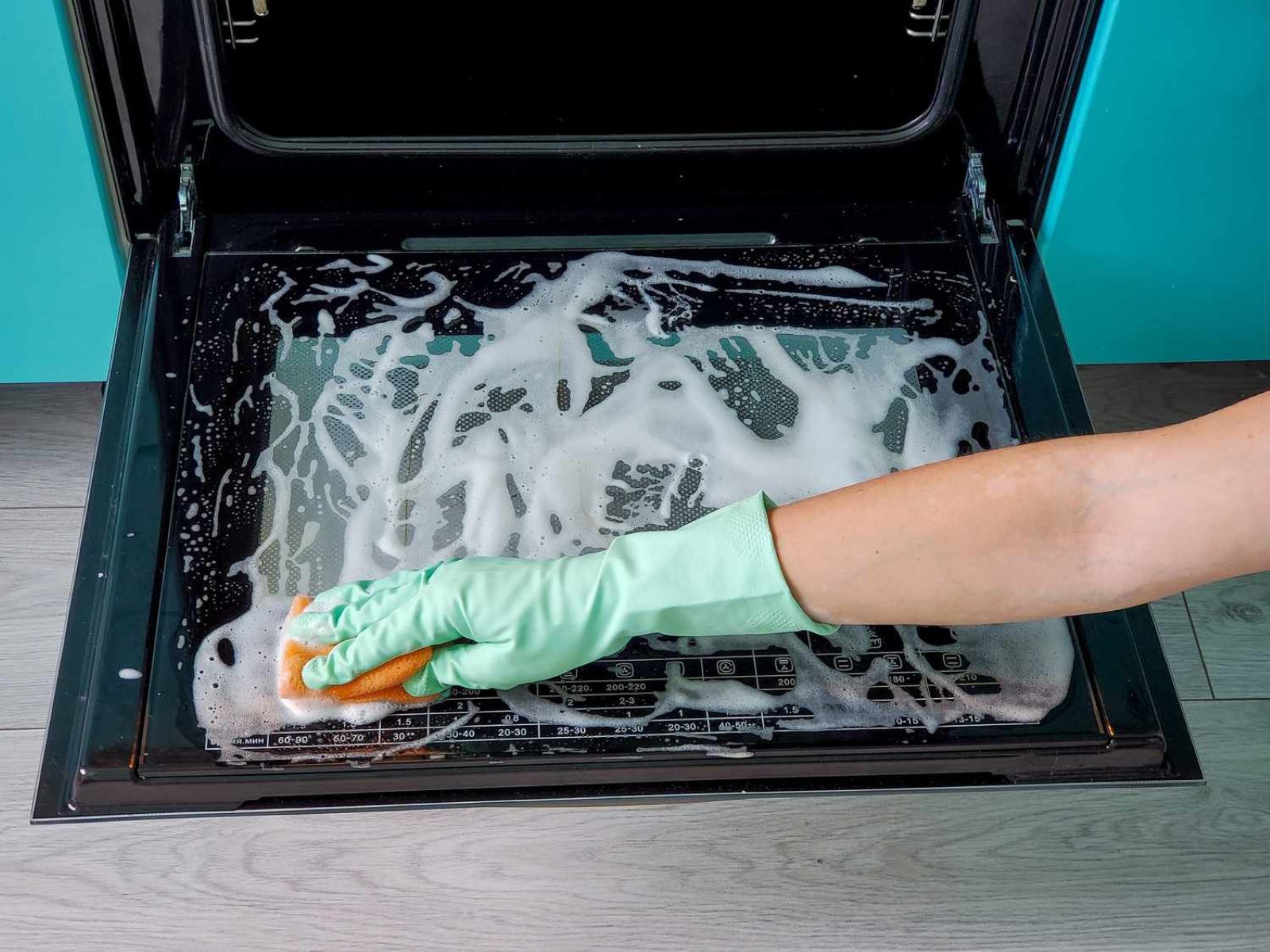
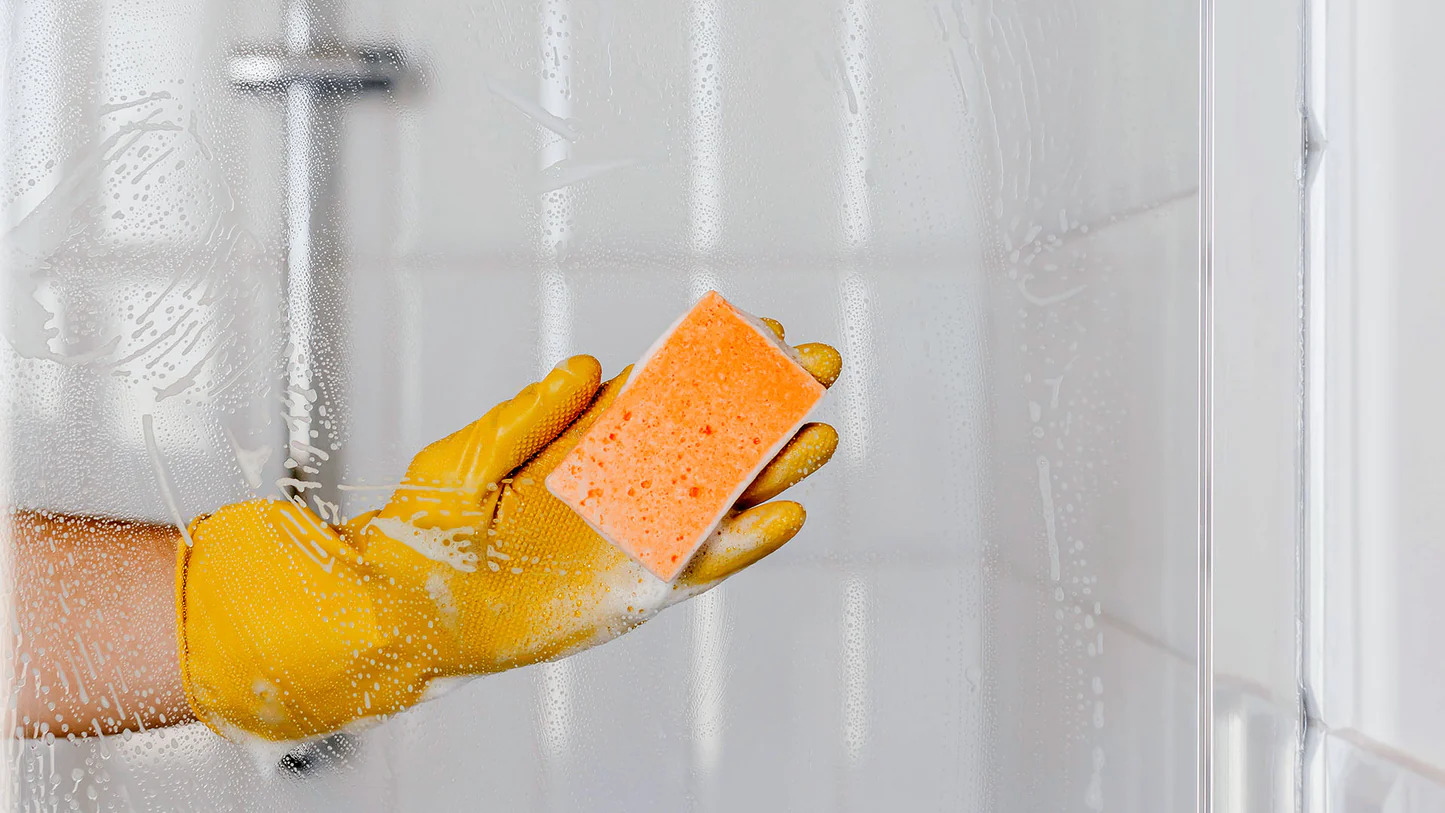

0 thoughts on “What Do You Clean A Glass Top Stove With”